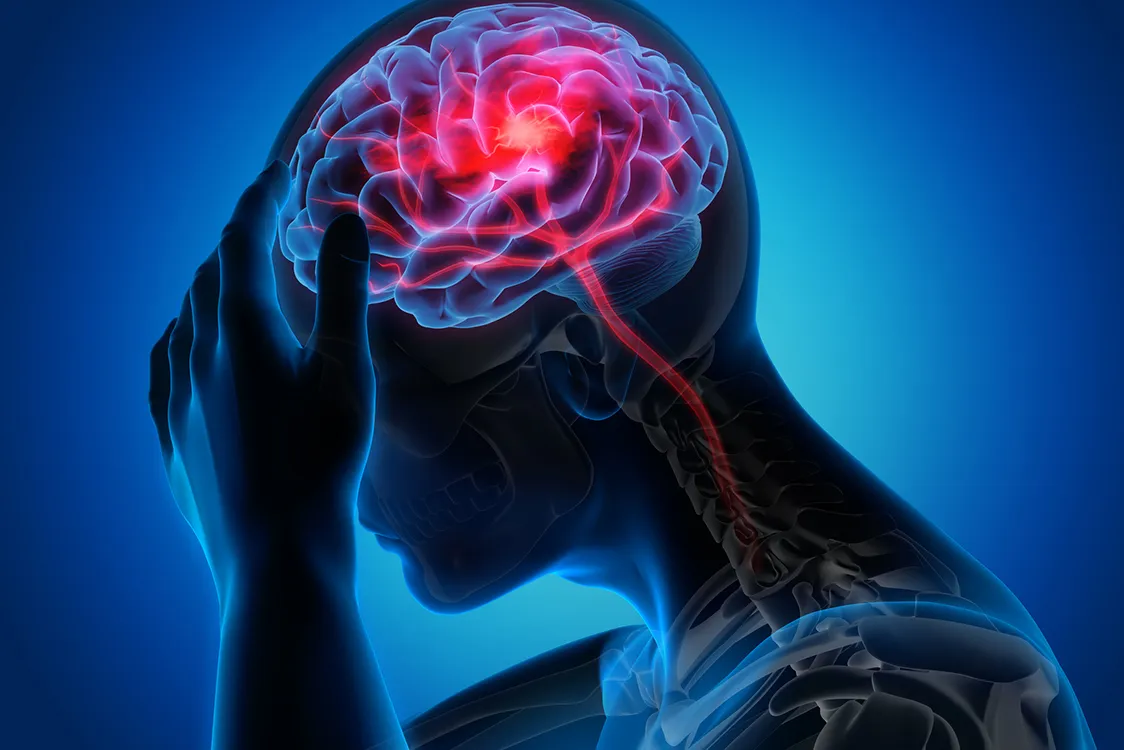World Osteoporosis Day is observed every year on 20th October globally to raise awareness about bone health and to encourage people to take care of their bones and avoid the risk of developing Osteoporosis.
Table of Content
-
What is Osteoporosis?
-
Symptoms and Cause of Osteoporosis
-
Risk factors of Osteoporosis
-
Preventive measures
Our expert, Dr. Sonal Mhatre, BHMS, with 17 years of Clinical experience, shares useful information on Osteoporosis and preventive measures to reduce the chances of developing Osteoporosis.
What is Osteoporosis?
Osteoporosis is a medical condition that weakens bones, making them thin and less dense. Our bones are generally strong and dense to support weight and any other impact. People with Osteoporosis are bound to have fragile bones.
Osteoporosis can weaken any bone, but certain joints like the wrist, hip joints, and spine are highly vulnerable.
Osteoporosis is common in people over 50. As we age, our bones lose their density naturally and their ability to regrow or remodel themselves.
Symptoms and Cause of Osteoporosis
Generally, Osteoporosis is regarded as a silent disease as it does not have a list of common symptoms as other diseases have.
Most people do not know they have Osteoporosis until they experience a bone injury or a broken bone, that takes time to heal.
Osteoporosis may not directly cause symptoms, but one might notice a few changes in body relating to losing bone strength or density. There typically are no symptoms in the early stages of bone loss. But once our bones have been weakened by osteoporosis, we might have signs and symptoms that may include:
-
Back pain, caused by a broken or collapsed bone in the spine.
-
Loss of height over time.
-
A stooped posture.
-
A bone that breaks much more easily than expected
Osteoporosis mainly happens as we age and our bones lose their ability to regrow and reform. Loss of bone mass due to ageing causes Osteoporosis.
Risk factors of Osteoporosis
It can happen to anyone, but certain people are at a higher risk. These may include:
-
People over 50 years of Age.
-
People with a family history who have Osteoporosis.
-
People who smoke or consume tobacco.
-
Females who are undergoing menopause.
-
Certain health conditions may also increase the risk of Osteoporosis like thyroid, diabetes, rheumatoid arthritis, and inflammatory bowel disease.
Preventive measures
Regular exercise and ensuring proper calcium and vitamin D are major ways to prevent Osteoporosis. However, here are certain general safety tips to reduce the risk of an injury and controlling the chances of developing Osteoporosis:
-
One must follow a suitable diet and exercise plan.
-
Right protective equipment for all activities and sports must be worn.
-
Ensure to wear seatbelt while travelling or driving.
-
One must ensure that our home and workspace are free from clutter that can trip us or others.
-
Never stand on chairs, tables, or counter tops. Always use the proper tools or equipment at home to reach things, like household ladder.
-
Use a walker in case of difficulty while walking.
-
Visit a bone specialist if you notice any changes in your body that might be osteoporosis warning signs.
-
A bone density test must be done for people above 65 or if someone has a family history of Osteoporosis.
Osteoporosis makes our bones thinner and weaker than they should be. It can be dangerous because it makes us more likely to experience a bone fracture. Many people do not even realize they have Osteoporosis until it causes a broken bone or irreparable injury.
The best way to prevent bone fractures is to identify Osteoporosis before it can hurt us. One must consult a bone specialist in case of joint pains, swelling, difficulty moving any part of the body, or any other bone-related pain or discomfort.




